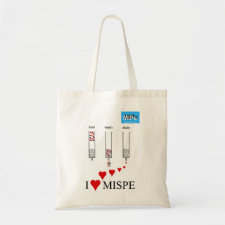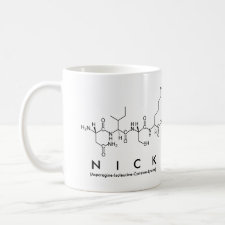
Authors: Peng Y, Turner NW, Britt DW
Article Title: Trifluorosilane induced structural transitions in β-lactoglobulin in sol and gel.
Publication date: 2014
Journal: Colloids and Surfaces B: Biointerfaces
Volume: 119
Page numbers: 6-13.
DOI: 10.1016/j.colsurfb.2014.04.015
Alternative URL: http://www.sciencedirect.com/science/article/pii/S0927776514002136
Abstract: Fluoroalcohols such as 1,1,1,3,3,3-hexafluoro-2-propanol (HFIP) are strong inducers of protein secondary structure. Here, hydrolyzed (3,3,3-trifluoropropyl)trimethoxysilane (3F) is demonstrated to exhibit greater protein conformation inducing activity than HFIP, which is preserved when 3F is copolymerized in tetraethylorthosilicate (TEOS) sol-gels through protein molecular imprinting. Hydrolyzed 3F formed a pre-polymerization complex with the template protein, β-lactoglobulin, inducing distinct α-helical structures as evidenced by circular dichroism. Fluorescence resonance energy transfer between tryptophan and the lipophilic probe 1-anilinonaphthalene-8-sulfonic acid showed a sharp molten globule (MG) transition at 0.2 M 3F, whereas HFIP induced a broad MG transition centered at 0.6 M HFIP. The 3F-induced BLG conformation transitions were retained upon gelation, validating use of the fluorosilane as a conformation directing functional monomer readily incorporated into sol-gels
Template and target information: protein, β-lactoglobulin
Author keywords: functional monomer, Fluorosilane, Fluoroalcohol, β-Lactoglobulin, Sol-gel encapsulation, Protein conformation transition



Join the Society for Molecular Imprinting

New items RSS feed
Sign-up for e-mail updates:
Choose between receiving an occasional newsletter or more frequent e-mail alerts.
Click here to go to the sign-up page.
Is your name elemental or peptidic? Enter your name and find out by clicking either of the buttons below!
Other products you may like:
 MIPdatabase
MIPdatabase









